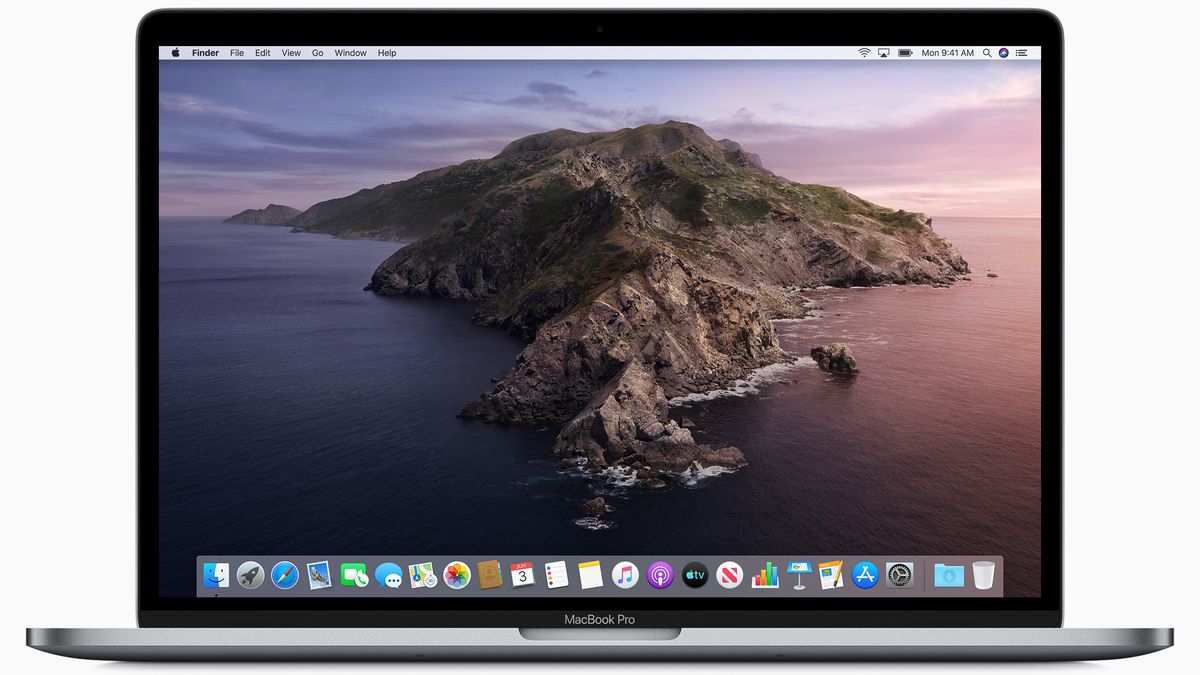With the introduction of OS X 10.10 (Yosemite) Apple is enabling CoreStorage on a number of laptops that had previously not shipped with this functionality enabled. As long as the Laptop does not have a Fusion Drive installed, it should be possible to remove the CoreStorage volume and install Deep Freeze Mac for OS X 10.10. You will need to use Terminal to remove the CoreStorage volume.
If this video has helped you, Do consider buying me a coffee at: DeepLearning series Ep 5.1: DeepFakes on Mac OS Catalina. The Branch SDK for Mac OS X - Docs. Contribute to BranchMetrics/mac-branch-deep-linking development by creating an account on GitHub. MacOS 11 Big Sur. MacOS v11 (codename Big Sur) is the latest version of the operating system for. The following method allows you to download Mac OS X Lion, Mountain Lion, and Mavericks. Start your Mac holding down Command + R. Prepare a clean external drive (at least 10 GB of storage). Within OS X Utilities, choose Reinstall OS X.
If Deep Freeze Mac was already installed when you upgraded your Mac to OS X 10.10, you will need to reboot the Mac to the Recovery Partition to perform this procedure and open Terminal
- Restart the Mac and hold down the CMD+R keyboard combination.
- One the system has booted, Click on the Utilities menu at the top of the screen and click on Terminal.
If Deep Freeze Mac was not installed when you upgraded to OS X 10.10, go to the Applications folder, open the Utilities folder and double click on Terminal Within Terminal, open Terminal and type the folowing command.
'diskutil cs list' (without the quotes).
The output will tell you if a CoreStorage volume is present or not. A sample of the output is attached below.

Going Deep Mac Os 11
If you see in the Logical Volume the line Revertable: Yes, (indicated in bold above) the CoreStorage volume can be removed and Deep Freeze Mac installed. If you see Revertable: No, you probably have a Fustion Drive installed and Deep Freeze Mac cannot be installed on that system.
In order to remove the CoreStorage Volume, you will need to determine whick disk the CoreStorage Volume was installed on. The disk the CoreStorage Volume has been installed is listed in the last Logical Volume shown in the 'diskutil cs list' output. In the above example it is disk1 (indicated in bold and underline above). Dont push the button (backsauce) mac os. The disk name may be different depending on how the system was started
To remove the CoreStorage volume, open Terminal if it is not already open and issue the following command without quotes.
Going Deep Mac Os X
'diskutil cs revert /'
Once the command has finished executing, you need to restart the system.
You should now be able to install Deep Freeze Mac on the system. Zeugma mac os.
Is your Mac up to date with the latest version of the Mac operating system? Is it using the version required by a product that you want to use with your Mac? Which versions are earlier (older) or later (newer, more recent)? To find out, learn which version is installed now.
If your macOS isn't up to date, you may be able to update to a later version.
Which macOS version is installed?
From the Apple menu in the corner of your screen, choose About This Mac. You should see the macOS name, such as macOS Big Sur, followed by its version number. If you need to know the build number as well, click the version number to see it.
Going Deep Mac Os Catalina
Which macOS version is the latest?
Going Deep Mac Os Download
These are all Mac operating systems, starting with the most recent. When a major new macOS is released, it gets a new name, such as macOS Big Sur. As updates that change the macOS version number become available, this article is updated to show the latest version of that macOS.
If your Mac is using an earlier version of any Mac operating system, you should install the latest Apple software updates, which can include important security updates and updates for the apps that are installed by macOS, such as Safari, Books, Messages, Mail, Music, Calendar, and Photos.
| macOS | Latest version |
|---|---|
| macOS Big Sur | 11.3 |
| macOS Catalina | 10.15.7 |
| macOS Mojave | 10.14.6 |
| macOS High Sierra | 10.13.6 |
| macOS Sierra | 10.12.6 |
| OS X El Capitan | 10.11.6 |
| OS X Yosemite | 10.10.5 |
| OS X Mavericks | 10.9.5 |
| OS X Mountain Lion | 10.8.5 |
| OS X Lion | 10.7.5 |
| Mac OS X Snow Leopard | 10.6.8 |
| Mac OS X Leopard | 10.5.8 |
| Mac OS X Tiger | 10.4.11 |
| Mac OS X Panther | 10.3.9 |
| Mac OS X Jaguar | 10.2.8 |
| Mac OS X Puma | 10.1.5 |
| Mac OS X Cheetah | 10.0.4 |
